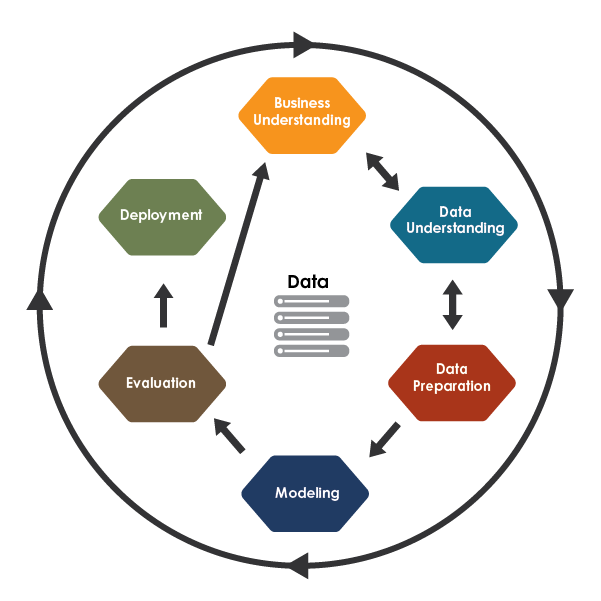



That, in turn, makes it difficult to assess whether or not the model will continue to work in the long-term, as fundamentals change. This is a totally reasonable approach, but it does make it hard to apply your real world knowledge to the model. These approaches tend to produce black boxes: the model does a really good job at generating predictions, but you don’t know why. There are certainly alternative approaches - a more machine learning approach is simply to focus on the predictive ability of the model. This makes it easier to apply to new domains, and easier for others to use.įor very large and complex datasets this will be a lot of work. The goal is to transition from implicit knowledge in the data and your head to explicit knowledge in a quantitative model. We’ll then repeat the process, but replace the old response variable with the residuals from the model. We’ll find patterns with visualisation, then make them concrete and precise with a model. We will take advantage of the fact that you can think about a model partitioning your data into pattern and residuals. This chapter will focus on real data, showing you how you can progressively build up a model to aid your understanding of the data. The previous chapter focussed on simulated datasets. In the previous chapter you learned how linear models work, and learned some basic tools for understanding what a model is telling you about your data.


 0 kommentar(er)
0 kommentar(er)
